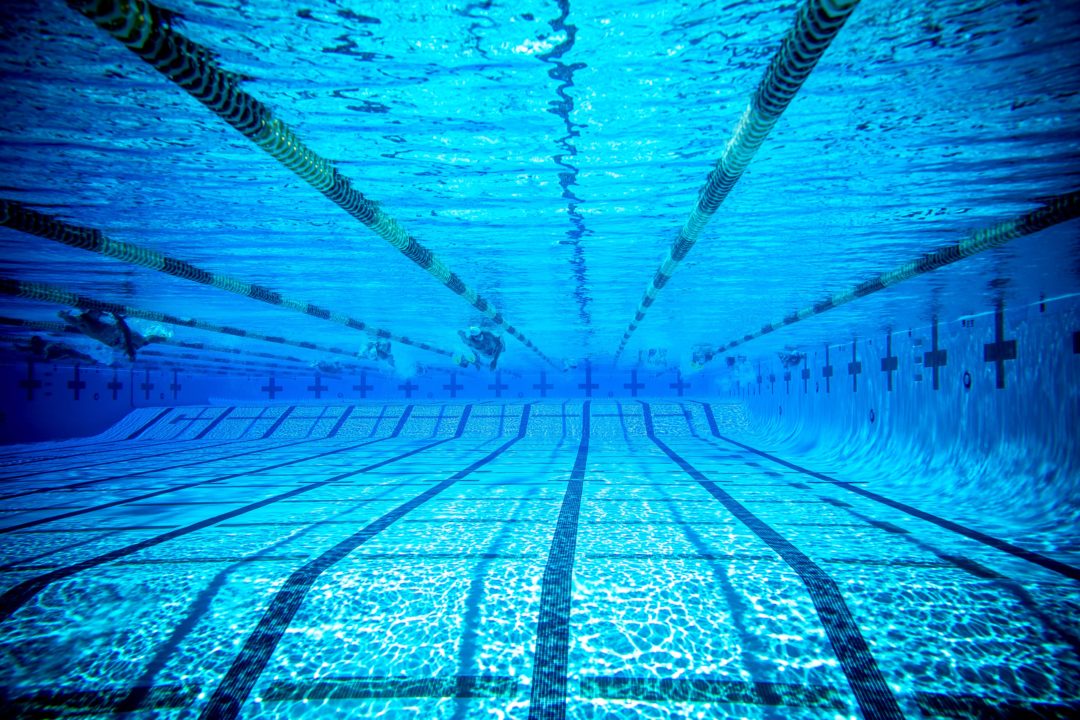Disclaimer: This is not medical advice.
SwimSwam welcomes reader submissions about all topics aquatic, and if it’s well-written and well-thought, we might just post it under our “Shouts from the Stands” series. We don’t necessarily endorse the content of the Shouts from the Stands posts, and the opinions remain those of their authors. If you have thoughts to share, please send [email protected].
This “Shouts from the Stands” submission comes from Jenna Kubiak, an aquatics specialist who also supervises lifeguards and teaches swim lessons.
About a year ago, it seemed like everything I knew about myself suddenly flip-flopped; my bubbly and benevolent persona shifted into a cynical critic. I became pessimistic about the smallest setbacks in everything–from my career to my swimming sets. My 1600-yard warm-up went to 800…400…and then 200. I never had any history of asthma and yet it felt like I was suffocating through the smallest distances.
Over time, one thing led to another. This past summer, I worked 70-hour weeks between two jobs, where I spent the entire day under the sun either walking around a waterpark or patrolling a pool deck. Between commuting, caring for my crew and chasing after my career, missing meals was the new norm. Come autumn, I developed pain between my shoulder blades that eventually turned into Swimmer’s Shoulder in the form of Scapular Dyskinesis and muscle spasms so severe that I had to fix the injury through physical therapy. A month later, I had bouts of nausea that rivaled morning sickness, and pretty soon, I couldn’t even eat a few bites of melon or a granola bar without vicious vertigo to accompany.
Eventually, a mentor of mine led me to the athlete’s secret weapon–electrolyte powder. And while that helped, it didn’t take away my chronic migraines which, mysteriously, came on after drinking fluids, including plain water. My swimming was better, yet my endurance was all but absent. And after trying to get back into consistent swimming for a couple weeks, everything backslid. I had fatigue so bad that I slept 13 hours a night for weeks. Then, I had two anaphylactic reactions to foods that were never an issue (milk and pecans). Pretty soon, I had chest pain after eating any kind of protein and I couldn’t get more than a couple snacks in my stomach, and then I lost my ability to sweat. It was then that I realized my system was shutting down, much like a burned-out circuit board.
My doctor thankfully picked up on all the musculoskeletal issues, and that was the first major step to recovery: a magnesium deficiency diagnosis. That instantly took away my mood issues and muscle spasms. But the unique headaches were still there, and I knew something was amiss, so I sought guidance from an Integrated Medicine doctor. She helped me discover that my body had a case of hypochlorhydria (low stomach acid). After researching that for quite some time, I discovered that it’s not only common in those with plant-based diets (like mine), but in those with low blood sodium and chloride. My test numbers were borderline low, but not low enough for my doctor to pick up on anything “unusual,” especially given that I’m only in my mid-20’s.
After a closer look into electrolyte imbalances, I realized that it was possible to over-hydrate if someone doesn’t eat a lot of salty foods and drinks too many fluids: that’s officially known as hyponatremia (low blood sodium), which usually occurs along with hypochloremia (low chloride) since salt is often consumed in sodium chloride. I started eating salted seaweed and anything with sea salt–including salted coffee since I’m a chronic caffeine consumer–and noticed an immediate difference with salt crystals versus electrolyte powders.
Not only that, but alternating small spoonfuls of salt with whole fruit (a good source of edible water) sent shock waves of electricity through my body, and I could suddenly get through five-mile runs in my dryland training. That’s when things really turned around and I noticed a change in my swims as well. I could glide across the pool more efficiently and regained my “freestyle feel” for the water. A month after adding more salt to my diet, I got through the day on only 8-9 hours of sleep and, with the additional help of a digestive enzyme complex, started eating three times the amount of food I once did (a complete miracle).
Paying attention to the little things, like electrolytes, can make all the difference in training plateaus or personal bests. The road to recovery wasn’t easy and took a lot of detective work since low blood sodium is a rarity in a salt-laden society. Though I’m not out of the woods yet, being able to enjoy the activity that brings joy and relieves stress in my life has made a major difference.
 ABOUT JENNA KUBIAK
ABOUT JENNA KUBIAK
Jenna Kubiak is a pool, lakefront, and waterpark aquatics specialist who currently supervises lifeguards and teaches swim lessons on the side. She enjoys swimming breaststroke and distance freestyle in addition to running around Orange County mountain trails in her spare time.


You might consider seeing a doctor for dysautonomia, Pots, or adrenal issues (cortisol imbalance). If you are hypermobile in any way, the likelihood of dysautonomia causing electrolyte imbalance is even more plausible, as there are connective tissue conditions (ie: hypermobility spectrum disorder, hypermobile Ehlers Danlos), that could explain all of your issues. If you are not hypermobile, dysautonomia could still be a real possibility, in it if itself. Good luck on your continued journey to better health.